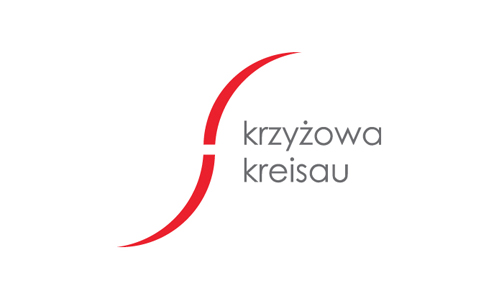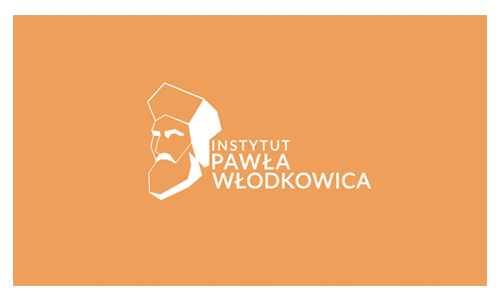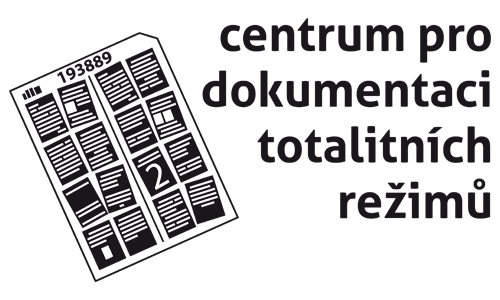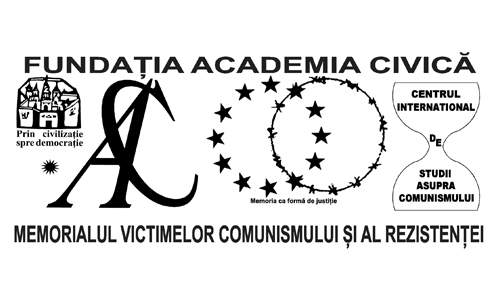About the project
The year 1918 was a turning point not only for European history, but also for the process of building the memory of European nations. New countries appeared on the map, others changed their borders, some underwent violent social changes. The following years brought events that forced people to change the way they not only looked at the past - but also how they could talk about it. After the unimaginable tragedy of World War II, the nations of Central and Eastern Europe were subjugated to Soviet domination - as a result of which societies, some of which had only recently been able to enjoy political independence (or their own statehood in general), were enslaved by an undemocratic regime. As a result, all forms of public activity - including commemoration of the past - in this region have been brought under total control. The breakthrough of 1989, when Soviet domination of Central and Eastern Europe began to crumble, was the beginning of political and social transformations, which also manifested themselves in a new approach to thinking about the past - as well as relics of communist times.
Today, one hundred years after the end of the Great War, it is worth looking at the changes that have taken place over these decades in the collective memory of the societies of Central and Eastern Europe. The lessons we can learn from the past should undoubtedly be an inspiration for us not to repeat past mistakes.

















